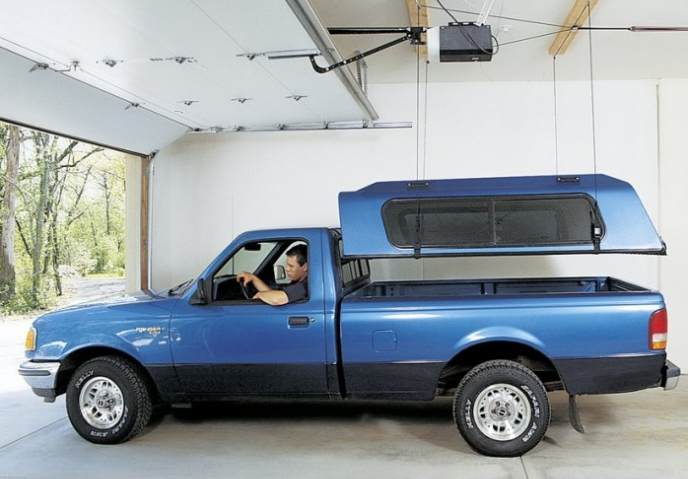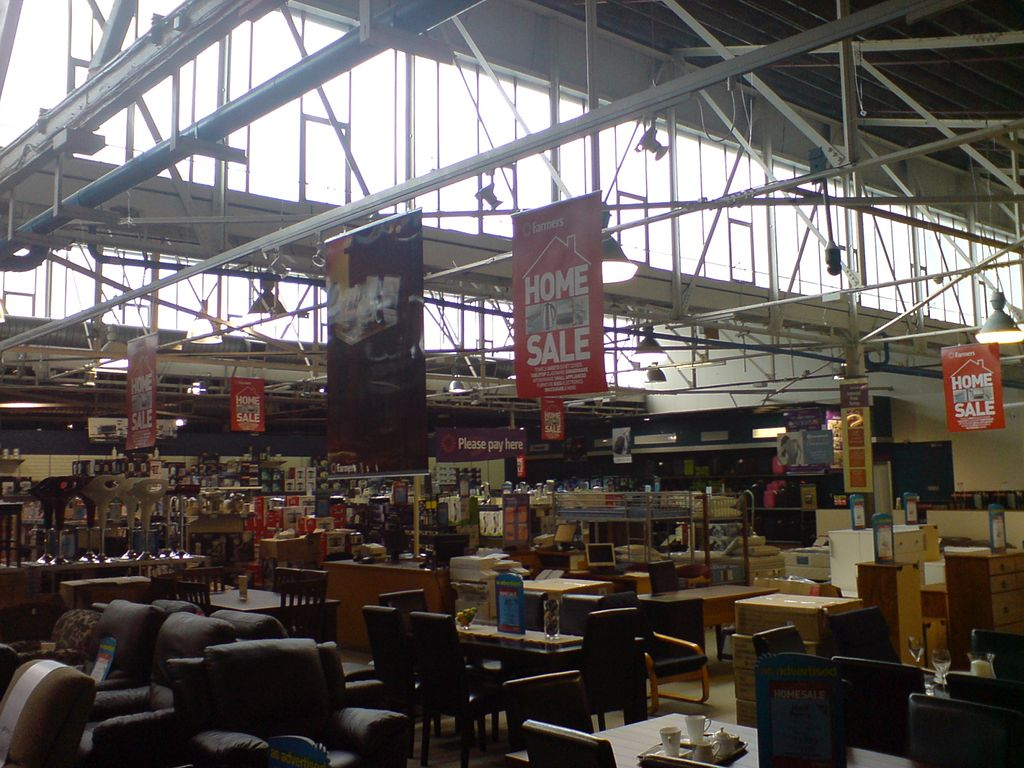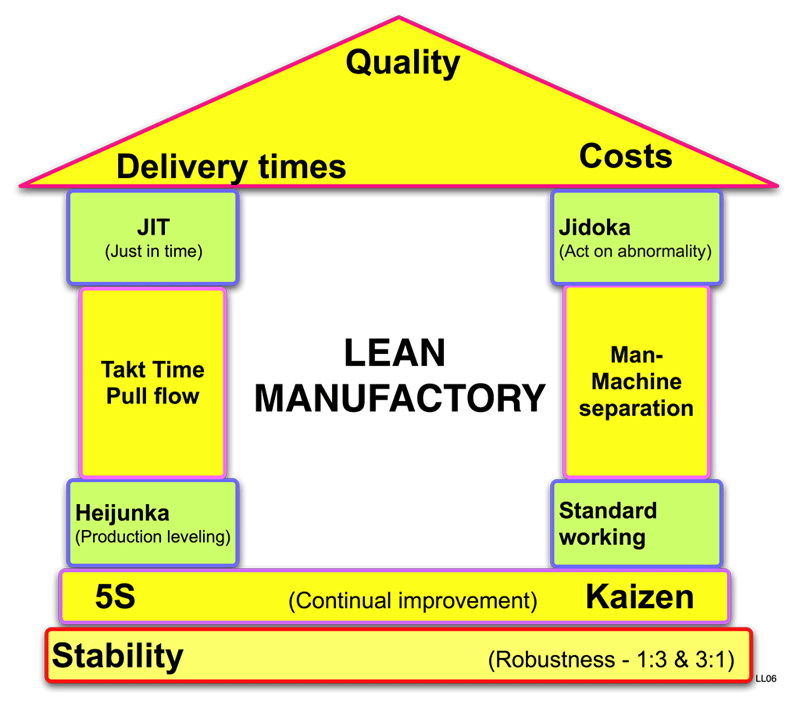The Price of Holding On
by Andy Boyd
Today, what's it worth? The University of Houston presents this series about the machines that make our civilization run, and the people whose ingenuity created them.
It was a beautifully crafted crate that, standing on end, looked oddly like the monolith from the film 2001. In it were three brand new replacement windows for an old pick-up truck canopy. The canopy and the truck it was attached to were long gone. The owner of the crate had intended to replace the windows but had never gotten around to it. He paid six-hundred dollars for the parcel. The question that now faced him was both simple yet agonizingly difficult: what were the windows worth?

Harken Hoister lift system placing canopy on truck Photo Credit: Hoister
While most of us will never deal with truck canopy windows, the question of price is something we all deal with daily, whether buying something at the store or selling something online.
One of the biggest misconceptions about pricing is that sales price must be related to purchase price. A friend in the retail furniture business told me of a proprietor who sold furniture at a reasonable markup over the purchase price. That's perfectly fine to a point. But when the furniture's sat in inventory for years, it's time to let go. What the proprietor failed to see was that by dropping the price and selling it in a special sidewalk sale he could generate hundreds of thousands of dollars right now. Instead, by using the purchase price as a reference point, he saw the sale as a way to lose money.

Furniture sale Photo Credit: Wikimedia
Industrial engineers learn early in their education the importance of keeping an eye on inventory. Just-in-time manufacturing. Lean manufacturing. This is the language of engineers tasked with running modern factories. The focus on reducing inventory traces its roots to Toyota's manufacturing process in the late 1960s. The practice spread as manufacturers worldwide sought to keep costs low and remain competitive. Today, excessive inventory is considered a sign that an operation's in trouble.

Lean manufactory house Photo Credit: Wikimedia
Which brings us back to the truck canopy windows. Sitting in a self-storage facility in a small city, what were these six-hundred-dollar windows worth? Four hundred dollars? One hundred? The reality is they were worthless. Perhaps someone, somewhere in the world had use for them, but shipping would likely make the sale uneconomical. And offered at a very low price the windows could probably garner a little money from someone thinking "Wow. Brand new six-hundred-dollar windows for twenty-five dollars? Now that's a deal!"
Making the situation worse was that, sitting in a self-storage facility, the windows were costing money to hold onto. And the windows were only the beginning. Buckets of jumbled screws and nails. Ancient telephones. Wooden skis. A fifty-pound computer monitor that was decidedly not flat screen. A few items were worth putting up for sale, but very few.
Faced with an item that clearly has value in the right place at the right time, it's hard to accept that, here and now, it's simply junk. For everything there is a season. But when the season's come and gone, it's time to let go.
I'm Andy Boyd at the University of Houston, where we're interested in the way inventive minds work.
(Theme music)
Many good references exist with more information on inventory and modern manufacturing. See, for example: Just-In-Time Manufacturing. From the Wikipedia website: https://en.wikipedia.org/wiki/Just-in-time_manufacturing. Accessed September 24, 2018.